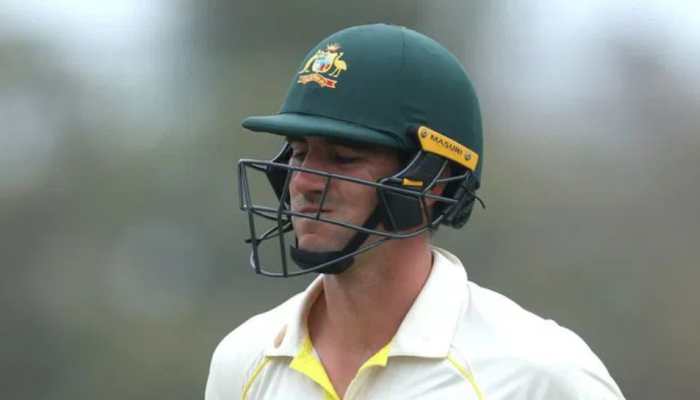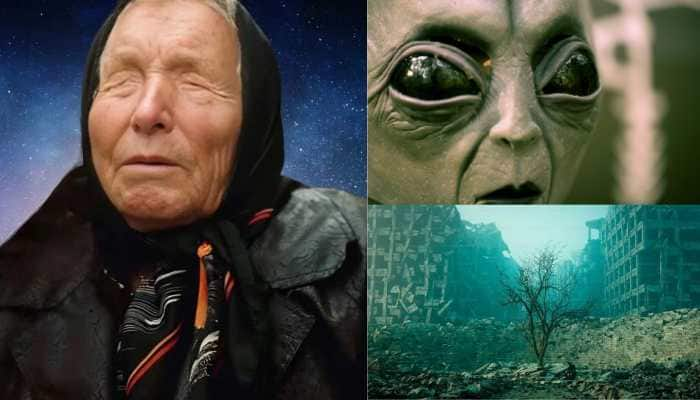NASA says world's largest space telescope ready for launch
The James Webb Space Telescope will be launched on board an Ariane 5 rocket from French Guiana in October 2018, NASA said.
Trending Photos
) Engineers conduct a white light inspection on NASA's James Webb Space Telescope in the clean room at NASA's Goddard Space Flight Center, Greenbelt, Maryland- Credits: NASA/Chris Gunn
Engineers conduct a white light inspection on NASA's James Webb Space Telescope in the clean room at NASA's Goddard Space Flight Center, Greenbelt, Maryland- Credits: NASA/Chris Gunn Washington: NASA on Wednesday announced that it has completed the construction of the world's largest space telescope, the James Webb Space Telescope, after almost two decades of construction.
The James Webb Space Telescope will be launched on board an Ariane 5 rocket from French Guiana in October 2018, NASA said.
The most powerful space telescope ever built, the Webb telescope is considered to be the successor to NASA's 26-year-old Hubble Space Telescope.
"Today, we're celebrating the fact that our telescope is finished and we're about to prove that it works," Nobel laureate and Webb's senior project scientist John Mather said during a news conference posted on YouTube, adding that the new telescope will open up "a whole new territory of astronomy".
"We will see things we have not seen before because this telescope is much more powerful than even the great Hubble telescope," Mather said, adding "To give you some perspective about what we can do with it. If you were a bumblebee at a distance of the moon, we will be able to see you, both by your reflective sunlight and by thermal radiation and heat you emitted."
NASA's engineers and technicians working on the telescope successfully completed the first important optical measurement of Webb's fully assembled primary mirror, known as a Centre of Curvature test, to measure the mirror's shape.
As per NASA, the Center of Curvature test measures the shape of Webb’s main mirror by comparing light reflected off of it with light from a computer-generated hologram that represents what Webb’s mirror ideally should be.
Next, the 6.5-metre primary mirror consisting of 18 hexagonal mirrors will go through a series of rigorous tests that will simulate the violent sound and vibration environments the telescope will experience inside its rocket on its way out into space.
The Centre of Curvature test will be repeated after the launch environment testing and the results compared to find if there are any changes or damages to the optical system.
The $8.7 billion project is led by NASA but also supported by the European Space Agency and the Canadian Space Agency.
The Webb telescope, which will be 100 times more powerful than the Hubble, will provide images of the first galaxies ever formed, and explore planets around distant stars.
(With IANS inputs)
Stay informed on all the latest news, real-time breaking news updates, and follow all the important headlines in india news and world News on Zee News.
Live Tv







)
)
)
)
)
)
)
)
)
)
